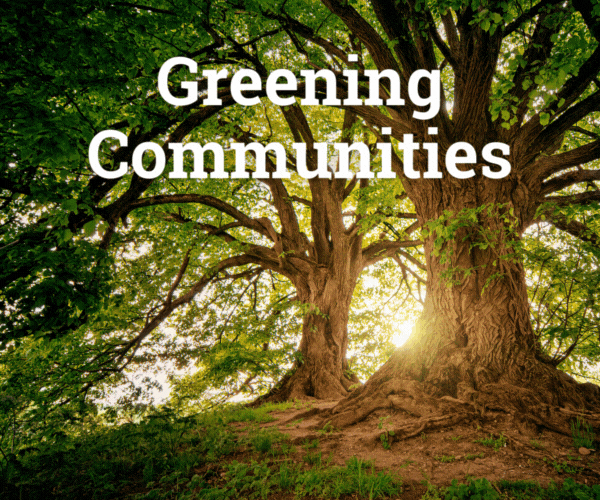Rachel Tan | SkyLink TV
Access to parks and green space is critical to fostering healthy and vibrant neighborhoods. However, over the past few years, Los Angeles’ park system has plummeted in the park rankings of the nation’s largest cities, dropping to 88th out of 100 cities.
There is a significant disparity in the distribution of local park resources. in 2025, the City of Los Angeles will have a population of approximately 3.8 million people, with nearly 40 percent of its residents unable to walk from their homes to a park within 10 minutes.
In Alhambra, for example, which has a large Chinese population, according to the 2020 Census, the city has a population of more than 83,000, of which more than 53 percent are Asian and 36 percent are Latino. However, in terms of green spaces, there are only six large parks here, which translates to 0.94 acres of park space per 1,000 residents, far below the average for the city of Los Angeles.
Yuki, a resident of Alhambra, is more fortunate, as her home is only a 5-minute drive from the city’s Almansor Park, so she brings her children here every week.
“I come to this park a lot, probably every week,” she says. “On weekends, I bring my kids here to play on the swings, and then they play on the climbing frames and slides, and they love it. We walk our dog sometimes, and there’s a lot of grass and greenery.”
Originally created to serve a growing suburban community, Almansor Park has evolved over the years to become a center for outdoor activities, fitness and social gatherings. The park has playgrounds, picnic areas, and a small lake for bird watching.
Alhambra resident Emma says she likes to play on the climbing frames and do cartwheels. “I usually play on the monkey bars and flip on them and do cartwheels.”
According to the City of Alhambra’s website, Almansor Park has a maximum capacity of 60 people at any one time, so children may have to wait in line to play on the rides if there are too many people.
“At present, there is still room to add some other amusement facilities for children of different ages, but now all the children are gathered together and it is a bit crowded,” says Yuki.
Los Angeles has an average of 3.3 acres of park space per 1,000 residents, which is lower than the national median of 6.8 acres in high-density cities. These disparities are even more pronounced in communities of color. In Los Angeles, Asian communities have an average of 0.3 acres of parkland per 1,000 people, compared to 0.6 acres for Latinos and 1.7 acres for African Americans.
This story was produced by Ethnic Media Services in collaboration with the Laboratory for Environmental Narrative Strategies (LENS) at UCLA as part of the Greening American Cities initiative supported by the Bezos Earth Fund.




